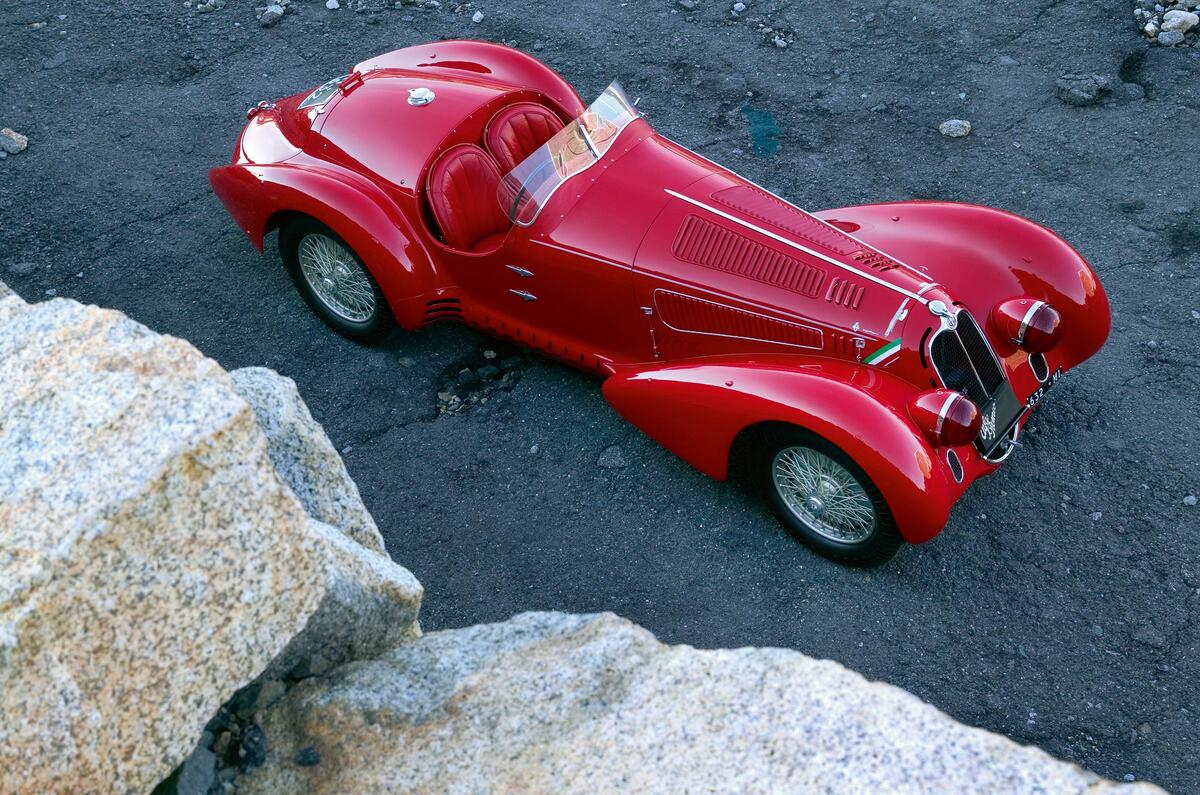Car manufacturers love devising new segments in which to place their models, but back in the 1930s, even defining a ‘sports car’ prompted a fair amount of head scratching.
This wasn’t altogether surprising. In the early years of the car, most makes and models had been proven in speed trials and races, regardless of size and shape. However, by the 1930s, the variety of cars available to fulfil specific purposes was growing.
What Autocar’s Brian Twist wanted to fathom was the criteria that could be used to classify a sports car.
“The term has been in existence so long that it has become accepted for everyday use, and people rarely stop to consider what exactly is meant by the definition,” he wrote. “There is nothing to stop a manufacturer calling his products what he will, but many excellent cars are called ‘sports cars’ when it is not easy to see what right they have to such a term.”
Obviously short of entertainment one evening, Twist gathered his colleagues to debate it over some furious pipe-smoking.
“To start the ball rolling, I said that I thought a definition might be made out for a car in the building of which, as regards engine, chassis and bodywork, performance was the principal consideration,” wrote Twist.
“Someone asked how I would define performance. After some thought, I replied, ‘Good acceleration, maximum speed, roadholding, cornering and brakes’. It was suggested that such a car must also ‘hold its tune for a long period’.
“This was agreed to after some discussion, during which it was pointed out that some machines beloved by sporting enthusiasts needed frequent adjustments and were none the less beloved for that.
“There was, however, at all events, unanimity on the fact that a true sports car must necessarily be an open car, though the converse need not apply.
“If one accepted my original definition as a basis of argument, comfort could only be a very secondary consideration in the building of a sports car, and then allied only with the necessary comfort of the driver for the proper control of the car on long-distance journeys.
“A closed car definitely puts comfort first, for although some saloon models are said to be faster than their equivalent open models, that is only because of the design of the open cars in question.
“A friend suggested my definition came perilously close to describing a racing car. I amended it accordingly to ‘a car built for road purposes in which engine, chassis and bodywork were designed with performance as the primary consideration’.
“I opined that as a matter of fact no four-seater could be a sports car, since the mere fact that there were four seats brought in the consideration of carrying people, and any car should have a better performance if its bodywork had been designed as a two-seater. Single-seaters were ineligible for the argument, as constituting racing cars.






Join the debate
Add your comment
What is a sports car today?
Perhaps today's sports car is a performance SUV?
@LP in Brighton
@Adrian987
Half a century ago...